As we walked the cobblestone street next to the Presidential Palace in historic Bogotá, Colombia, a large stone edifice attracted our attention, the Museo de Santa Clara.
Its huge wooden doors hinted at what might be inside, some kind of colonial museum. We asked at the entrance and a friendly woman told us that the museum was filled with religious art. We were game. A small entrance fee later and we found ourselves walking through a small wooden door into a dark space.
What met us around the corner left us speechless, a narrow but tall space covered in some of the finest colonial art we had seen in Colombia. Yet even more surprising was the altar at the far end. We had walked into a deconsecrated colonial church. I’m not quite sure why we didn’t expect a church inside but the dissonance between our expectation and the reality of what we found is a feeling that will stay with me for a long time.
History of the Museo de Santa Clara
In 1619, the Archbishop of Bogota decided that a third convent was needed in the city, particularly in the neighborhood of Santa Fe. In those days, it was normal for single women and widows of Spanish blood to live within the walls of a nunnery. Traditionally, a colonial-Spanish gentleman would pay a large dowery in order to attract a good marriage prospect for his daughter. But for families with many daughters, the money needed to pay for so many doweries could be overwhelming. Therefore, convents provided a cost-effective solution.
Despite the great need, work proceeded slowly on the religious complex. The Order of Saint Clare, a group of female Franciscans also known as the Poor Clares did not occupy the building until 1630. Even then, Spanish architect Matías de Santiago did not complete the complex until 1647, almost thirty years after he had laid the first stones.
The Architecture of the Real Convento de Santa Clara
The Real Convento de Santa Clara is a stunning example of colonial Baroque architecture. From the exterior, it is very hard to grasp the ornate richness that awaits inside. Each and every space is decorated with wood carvings embellished with gold leaf, detailed wooden statues hand-painted by local artists, and intricately composed designs decorating the wooden ceilings and plastered walls.
Adorned with hundreds of six-petaled flowers burnished with gold leaf, the ceilings are especially worth noting. In some areas, the bright flowers alternate with dark blue stencil-like designs. Along the archways, these golden flowers take precedence, highlighting the curves of the well-designed space.
Other highlights in the church include the stunning altarpiece with 13 different statues all set into niches bathed in highly reflective gold leaf and the pulpit, also hand-carved and painted. It is set against a white plaster column decorated with beautiful designs in bold, primary colors. Each wooden statue seems likely to be the work of artists from the Quito School.
The Deconsecrated Church
This stunning church transferred from Catholic hands to the Colombian Ministry of Culture in 1983. That means this building is no longer used to celebrate mass or other religious ceremonies. In many respects, it is amazing that a deconsecrated church has been preserved with such care.
Today, the museum highlights not only the art and architecture of the original church, but includes a huge collection of colonial religious art, including examples from both the Cuzco School in Peru and the Quito School in Ecuador. Alternatively, temporary exhibits promote modern artists.
On the day of our visit, we enjoyed the exposition Hijas del Agua, a collaborative project between Ana González and Ruven Afandador. The stark black and white images of native women provided an interesting contrast to the portraits of colonial Europeans. These modern works of art loom large in many locations in the church, including the altarpiece itself. The reflective light from the gold leaf enhanced the simple color schemes, making them shine in their own unique way.
We highly enjoyed our short time in this small museum. We greatly appreciate that they allowed photography without flash. This is one of those museums that is worthy of multiple visits as it is nearly impossible to take note of each and ever treasure. We look forward to returning on our next visit to Bogota.
Iglesia Santa Clara
Information For Your Trip
Expect to pay a small entrance fee, about $1 per person. Despite the reflective gold light, photography is complicated by dim conditions. Be prepared to use high speed ISO settings or ask to use a tripod.
The museum is found on a pedestrian only street. Nearest drop-off would be on the Plaza Bolivar. The street address is Carrera 8 No. 8-91. The museum shares a building with the Ministry of Culture.

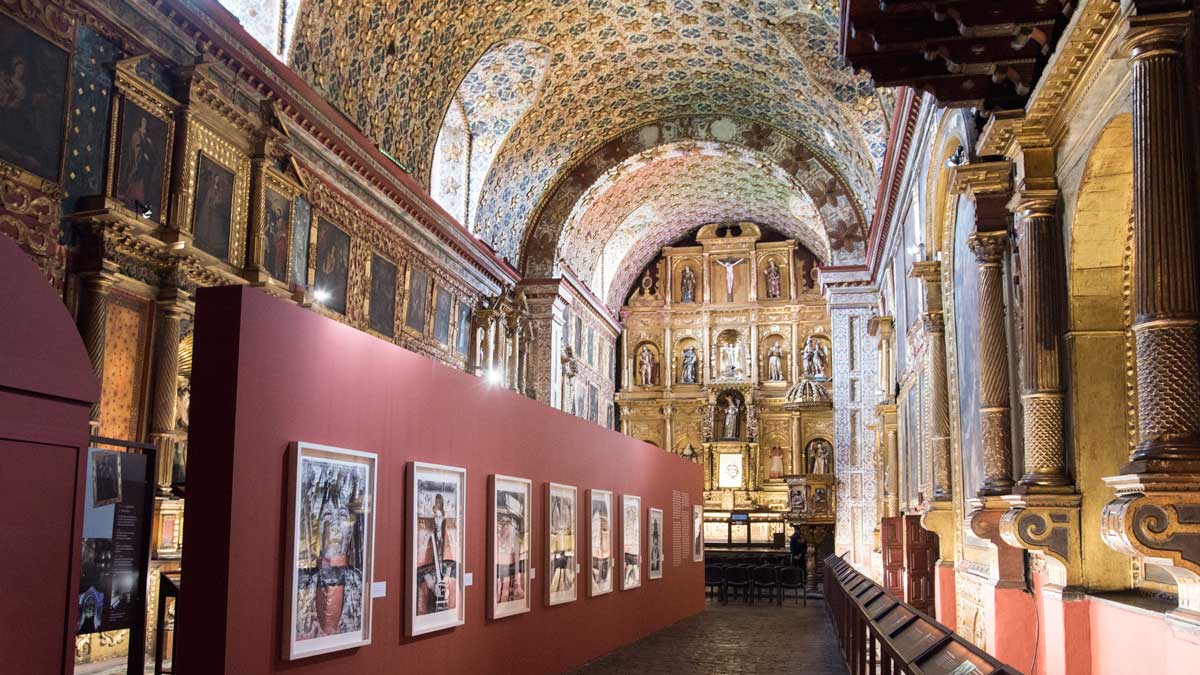
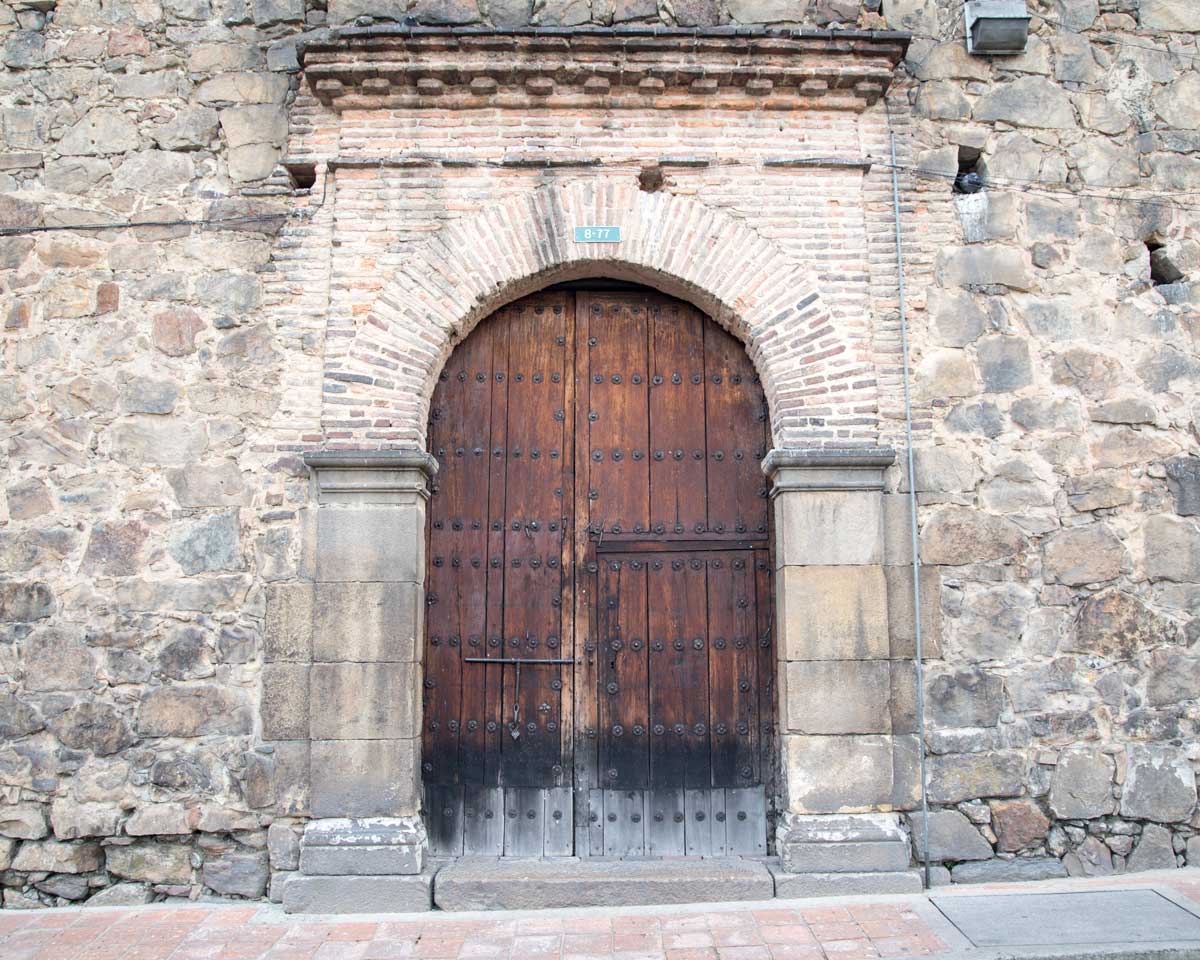
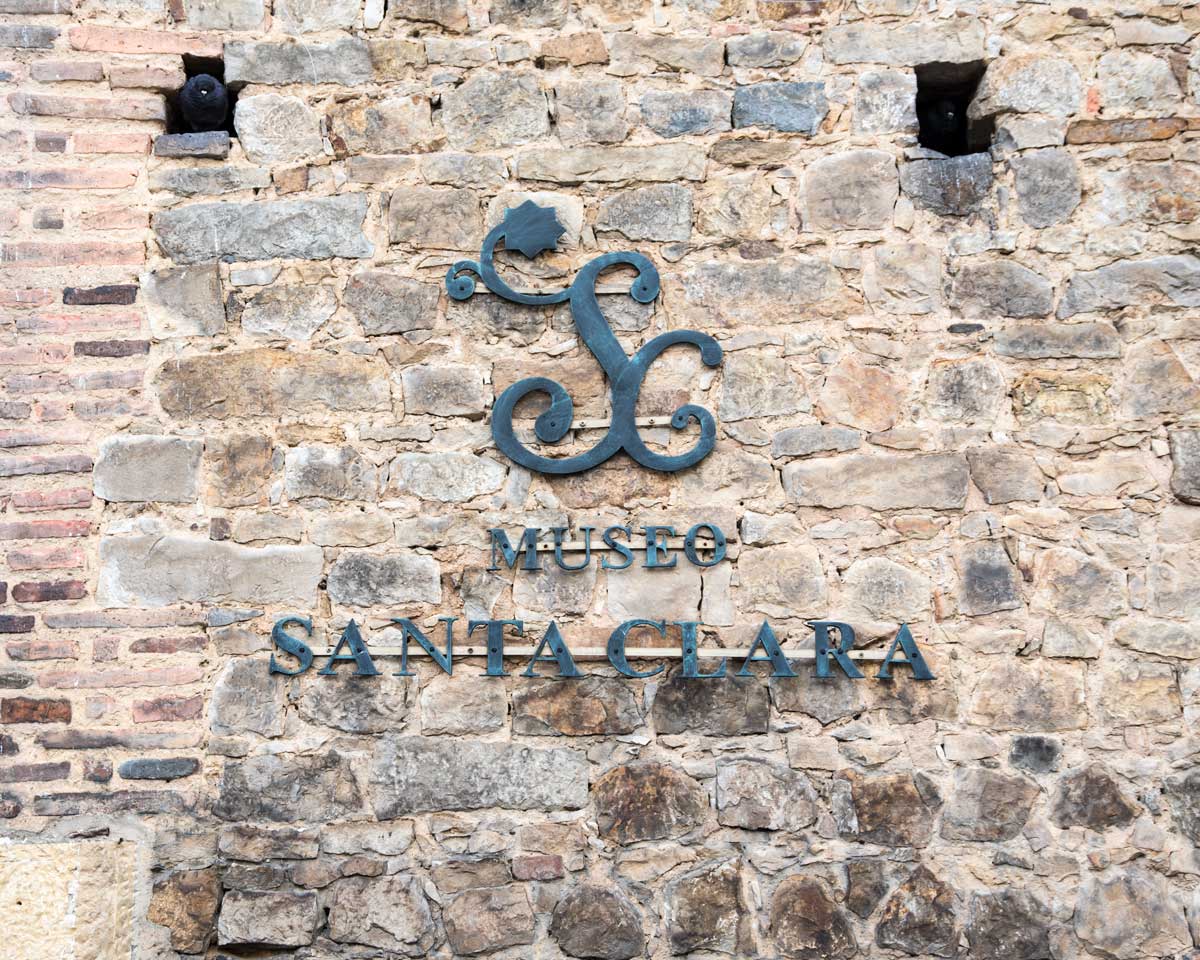
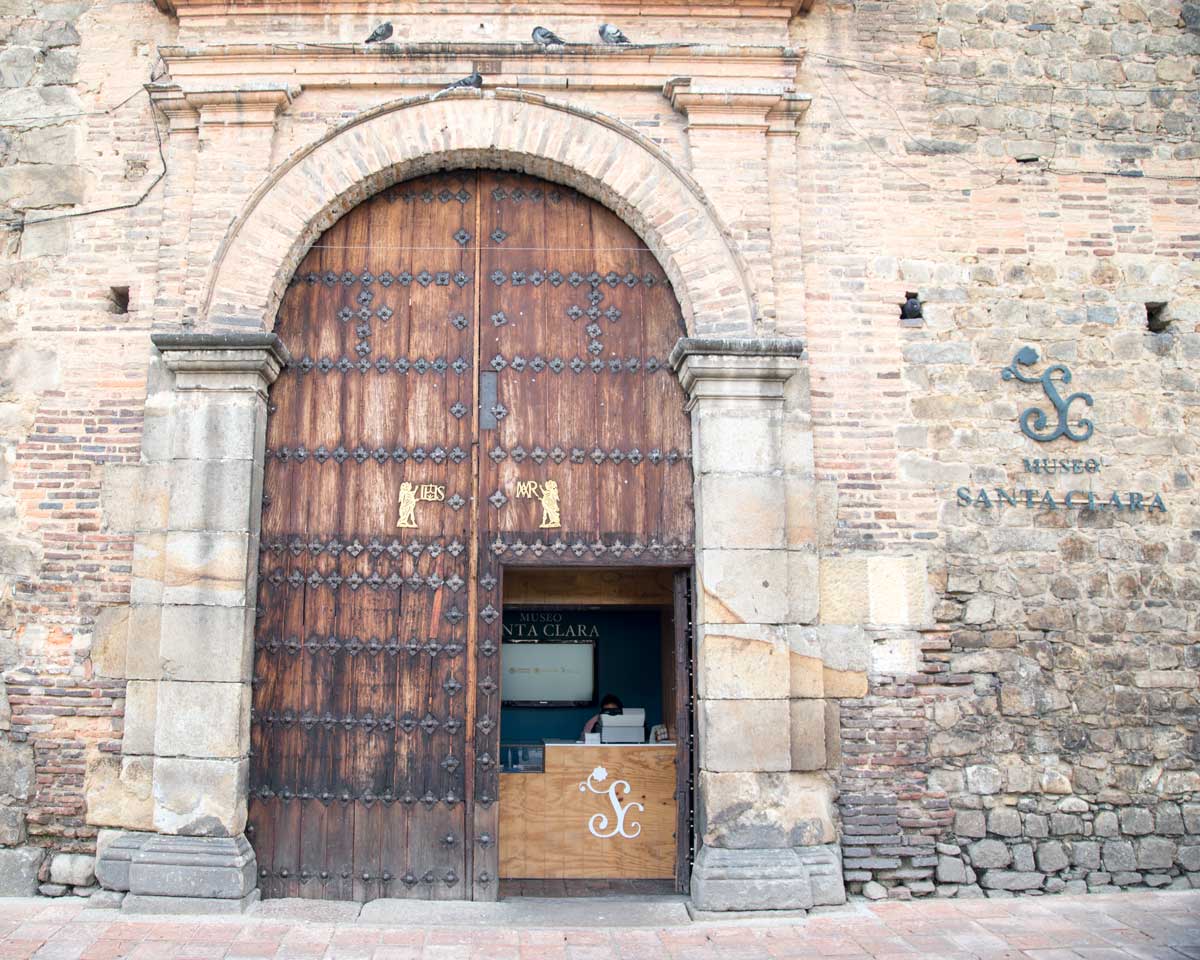
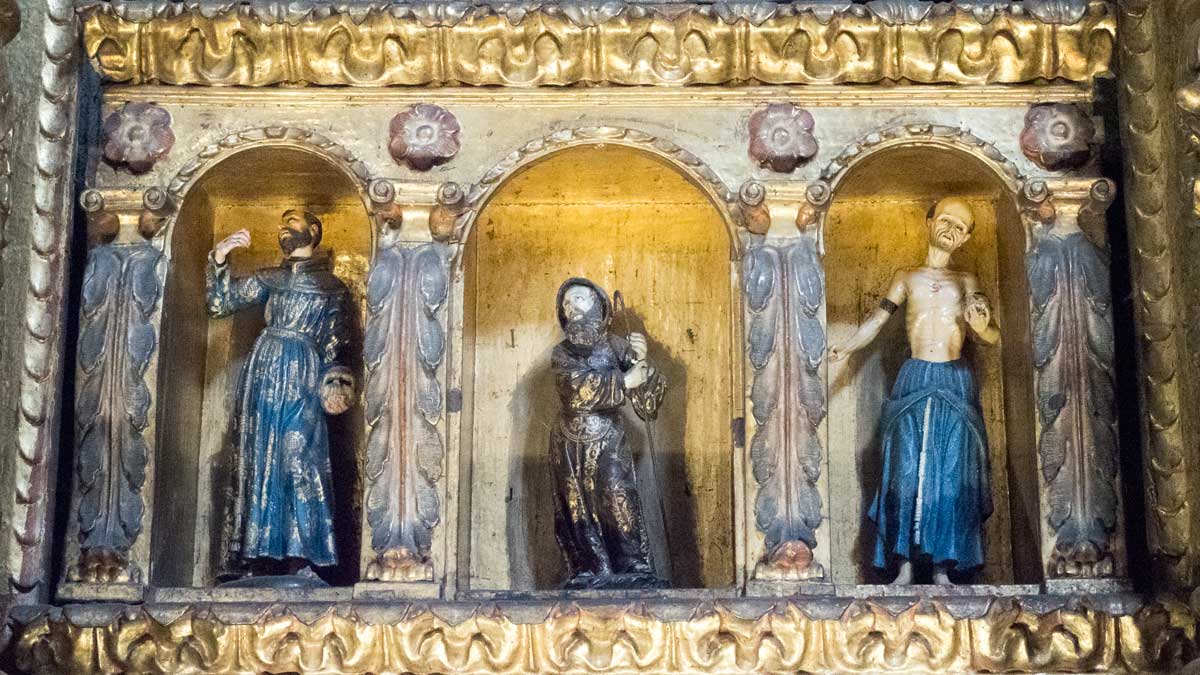
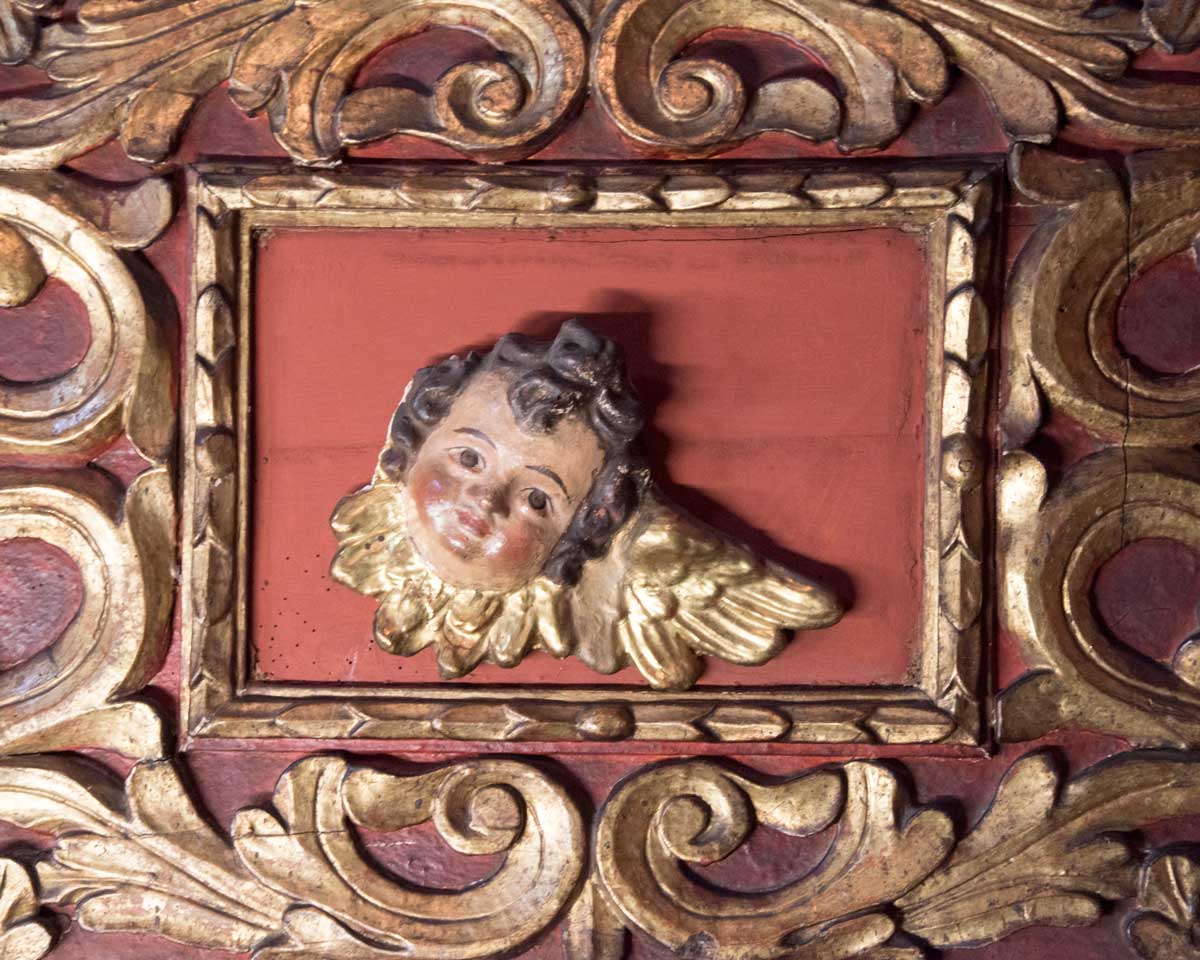
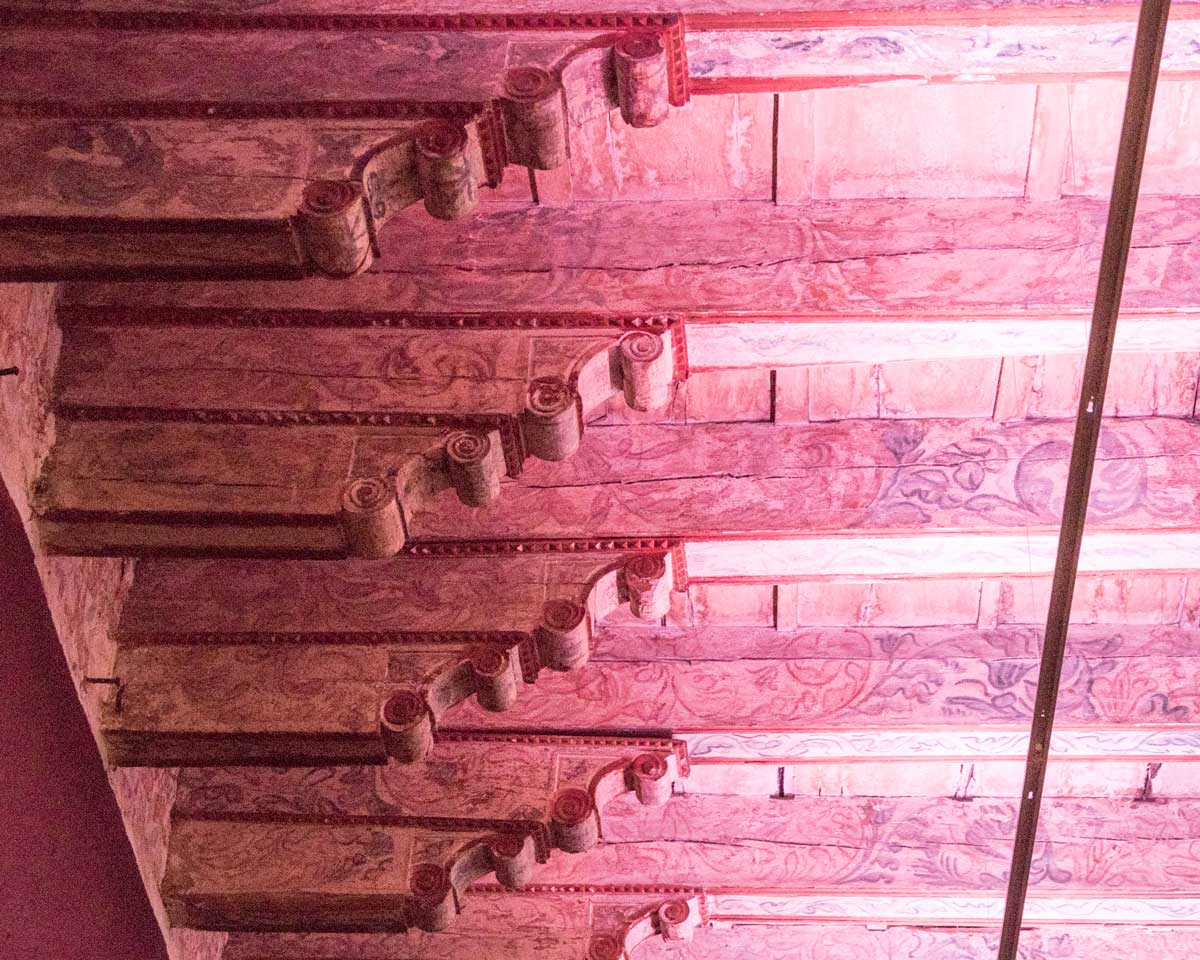
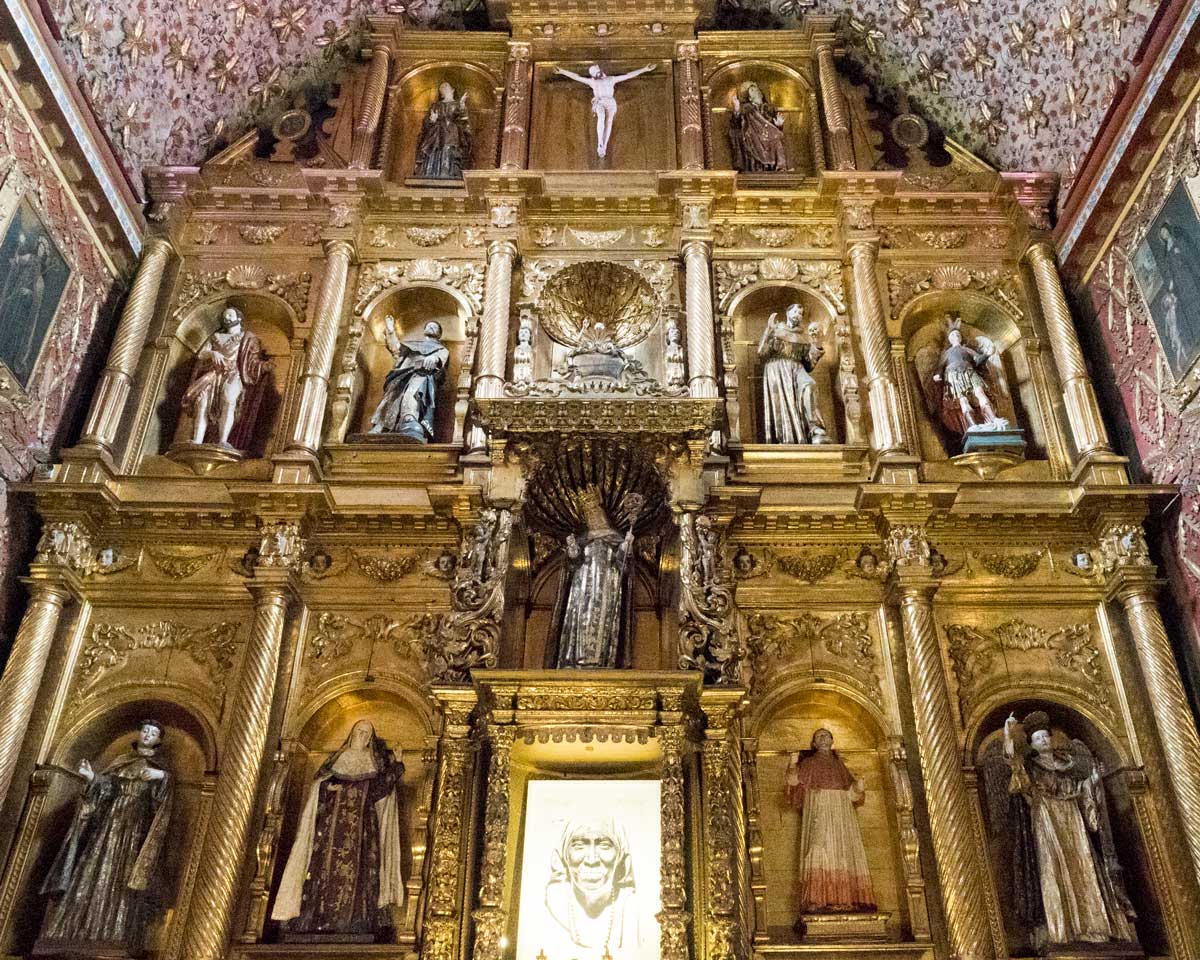

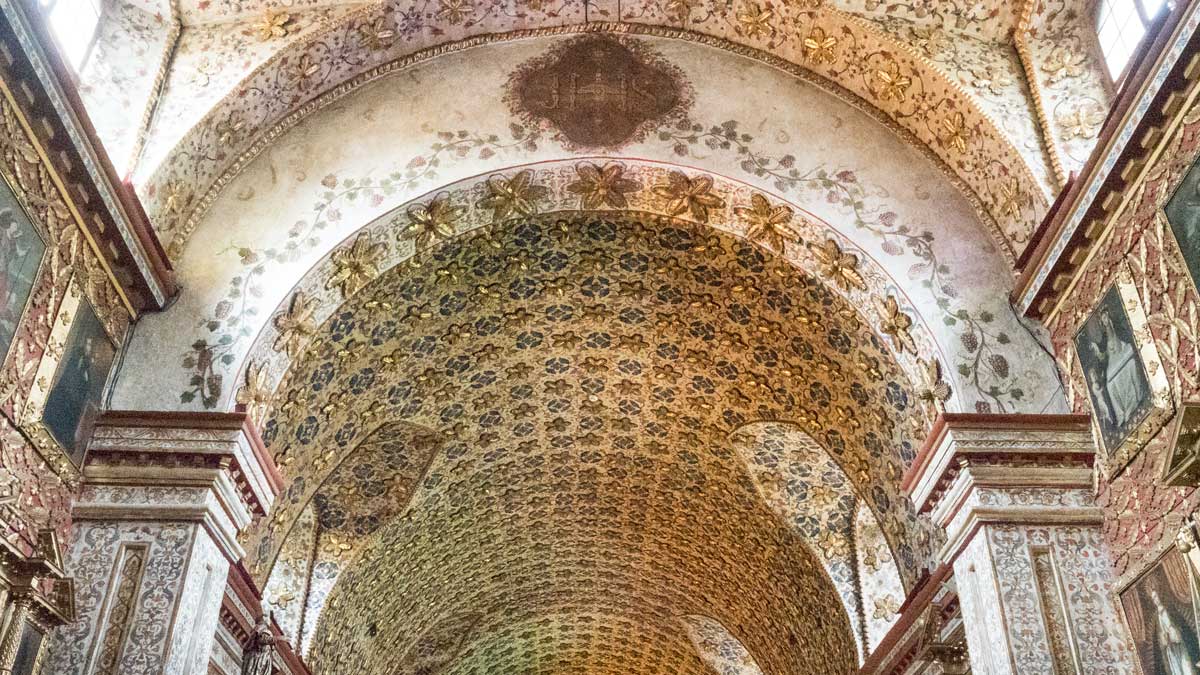
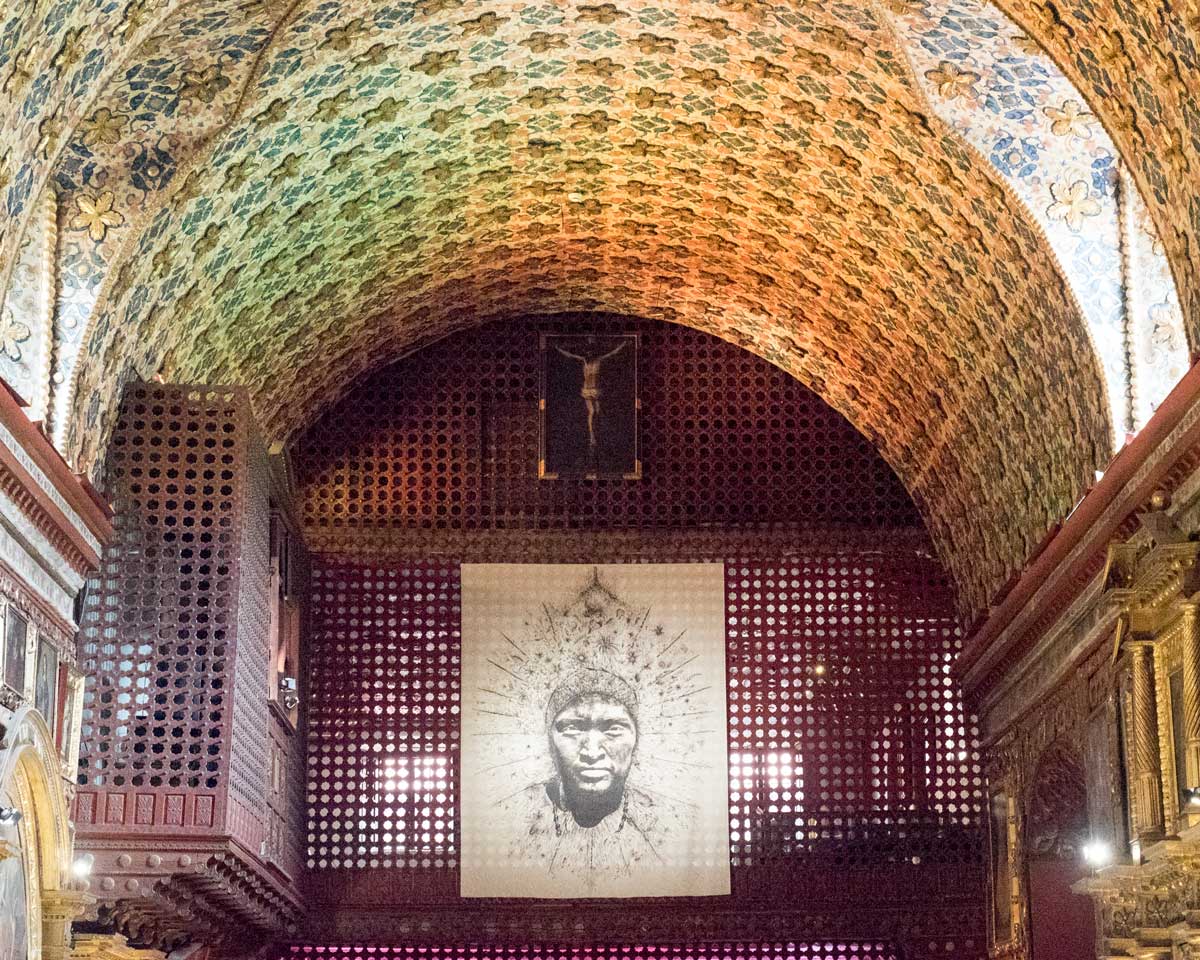











0 Comments